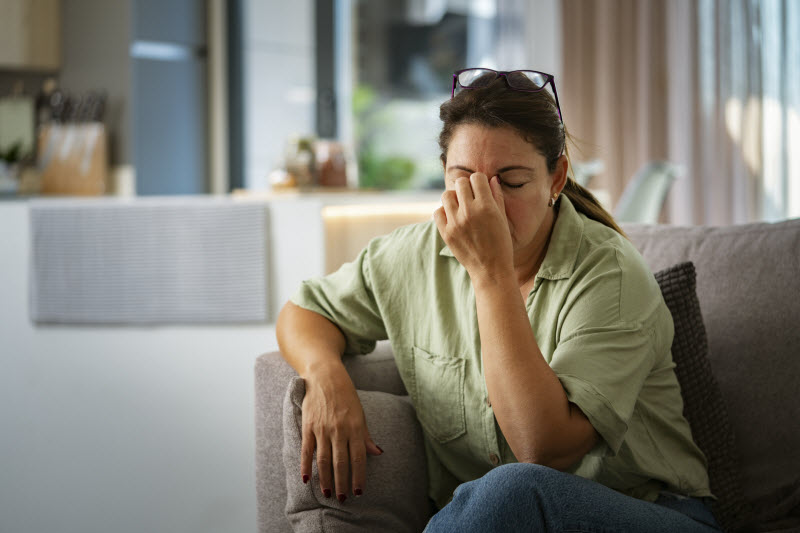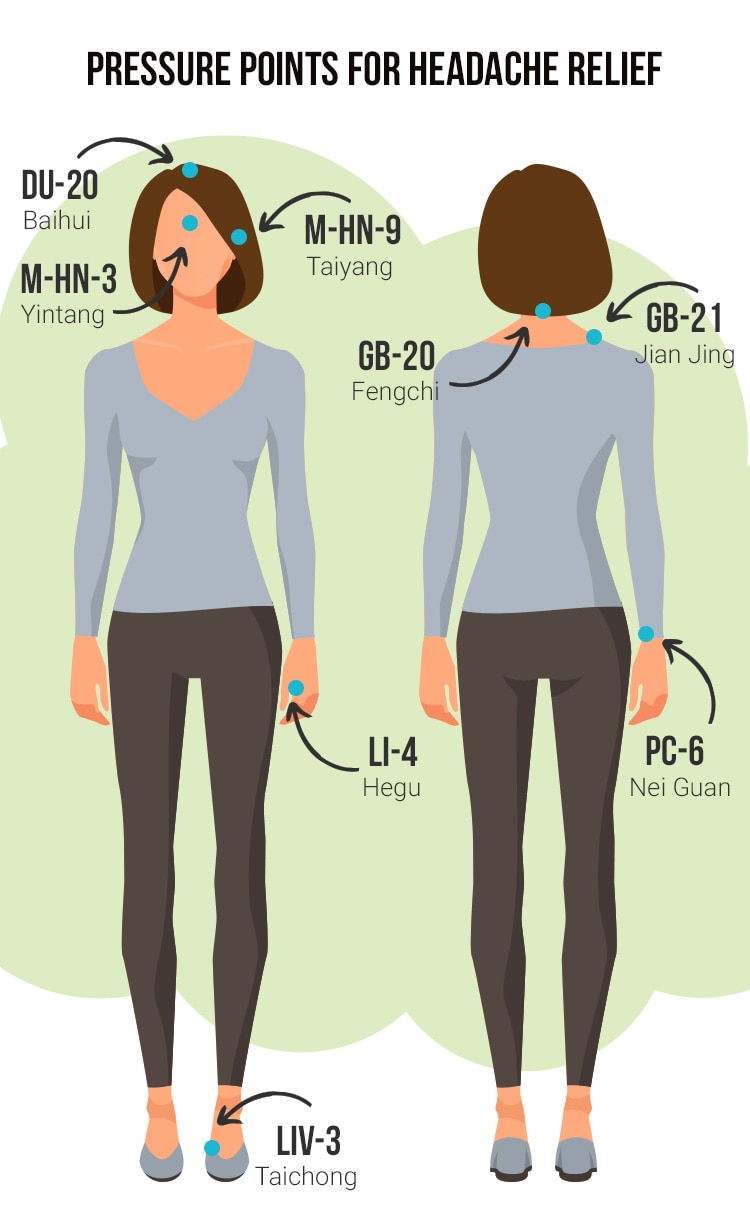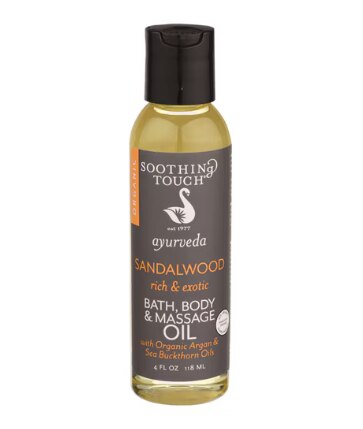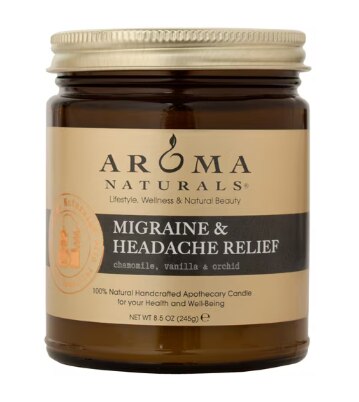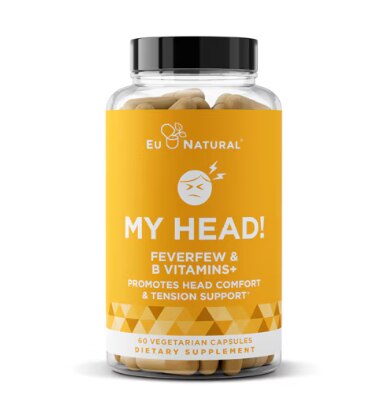Do you suffer from chronic pain? It seems to be an escalating problem for many of us. In 2024, approximately 51.6 million American adults, or about 21% of the population, was estimated to be living with chronic pain, according to the U.S. Pain Foundation. This includes 17.1 million adults experiencing high-impact chronic pain (HICP) ― a specific type of chronic pain that significantly restricts daily activities like work, social life and self-care.
What causes chronic pain?
There are some major problems with chronic pain. For starters, it is often so debilitating that it can dramatically narrow the scope of daily choices and activities you may have once enjoyed. Additionally, pain and inflammation are mutually inclusive, so continual pain means our bodies are experiencing ongoing levels of dangerous, chronic inflammation.
Unlike temporary, acute inflammation, which serves a healing purpose, chronic inflammation is a continual systemic response that can damage healthy cells and increase your risk of serious health problems over time. How serious? In a medical study entitled Chronic Inflammation and Cancer; The Two Sides of a Coin, researchers explain the various mechanisms by which chronic inflammation increases cancer risk.
Coping with chronic pain
Another issue with chronic pain is the lack of healthy, sustainable ways to cope with it. Western doctors routinely prescribe opioids because they are highly effective for managing moderate to severe pain, however these drugs are highly addictive, so using them for longer than brief intervals is risky, yet, as we know, in some cases, chronic pain can last for years.
Given the lack of safe, sustainable ways to manage long-term pain, many individuals are seeking solutions outside of Western medicine. One traditional healing system with a long and venerated history, Traditional Chinese Medicine (TCM), has long addressed pain without addictive drugs, and with surprising efficacy. For centuries, TCM practitioners have targeted pressure points in the body to relieve stress. This type of alternative medicine is known as acupressure.
As one medical study noted, massaging pressure points activates nerves in the muscles, which then send energy signals to the central nervous system. This process may help reduce sensations of pain. Research suggests that acupressure also appears to stimulate the release of endorphins and influence the nervous system, leading to a decrease in stress hormones like cortisol.
What is acupressure?
Acupressure is very similar to acupuncture, but without the needles. Both acupressure and acupuncture use the same system to target specific points along a meridian or pathway. You might think of acupressure as a very targeted type of massage healing, with a practitioner applying firm pressure on specific spots around the body to help relieve pain, nausea, stress, anxiety and more.
Unlike acupuncture, you can use acupressure for self-care at home. Placing pressure on certain spots, or acupoints along the meridians, or pathways, throughout your own body may relieve stress and pain, while also helping to restore your Qi (pronounced “chee”)―the vital energy force that flows throughout the body and sustains life. In TCM, Qi is considered the foundation of health and well-being.
How to perform acupressure at home
If you want to try acupressure on yourself to help manage pain naturally, it is quite simple. To get yourself situated:
- Settle into a quiet, relaxing space where you can sit or lie down comfortably.
- Take some initial deep breaths, and continue breathing mindfully through your self-treatment.
- You will then want to locate the acupressure points for pain, see image below.
- Then, use your fingers like a blunt instrument, applying gentle but firm pressure.
- As you press into the acupoint, use circular massage motions for 30-60 seconds.
What are the specific acupoints for pain?
According to the World Health Organization, tension-type headaches affect over 30% of men and over 50% of American women. Less well recognized is the severity of headache disorders, characterized by very frequent headaches. One in 20 adults has a headache virtually every day.
Acupressure points used for headaches can also address other types of pain. For example, the LI-4 (Hegu) point is often recommended for headaches, but can also help with toothaches, neck pain, and arthritis, according to the National Headache Institute. Similarly, the Yin Tang point, located between the eyebrows, can relieve headache pain and also help with sinus problems and eye strain, notes Medical News Today.
While there are numerous pressure points for various conditions, the following, also indicated above, help with pain management.
Large intestine 4 (Hegu)
The Hegu pressure point, located between the thumb and the index finger, is a component of the “Four Gates” treatment, which refers to the stimulation of the Hegu and Taichong acupressure points. This technique is used to promote circulation of Qi and blood system-wide, potentially alleviating pain anywhere in the body.
Forehead (Yin Tang)
Applying pressure to the yin tang acupoint has been shown to help alleviate tension in the eyes, head and face as well as potentially minimizing feelings of anxiety. This pressure point is found between the eyebrows in the center of the forehead.
Temples (Tai Yang)
Targeting your temples, the site of the Tai Yang pressure points, may help reduce pain from migraine headaches, as well as reducing feelings of dizziness. Massaging the center of the temples activates these pressure points.
Gallbladder 20 (Feng Chi)
The Feng Chi pressure points are found on either side of the spine, at the base of the skull. Applying pressure to these acupoints has been medically shown to minimize lower back pain, which is affects an estimated 80% of adults at some point in their lives. It is the leading cause of disability worldwide and accounts for a significant number of physician visits.
Gallbladder 21 (Jianjing)
On the top of the shoulders, on either side of the spine, are the Jianjing pressure points. Applying pressure to these areas may help reduce pain and stiffness in the neck, back and shoulders. Studies indicate that up to 85% of people will experience some form of back or neck pain in their lifetime. Back pain, in particular, increases with age, affecting 28.4% of those aged 18-29 and 45.6% of those 65 and older, according to the Centers for Disease Control and Prevention. Neck and shoulder pain are also very common, with lifetime prevalence rates around 66% to 71%.
DU-20 (Baihui)
This point, located on the top of the head, is believed to be the location where several lines of energy flow together. Applying pressure to this area may relieve pain and headache symptoms.
PC-6 (Nei Guan)
This is common acupressure point, found in the inner wrist, about three fingers away from the palm of the hand, is associated with headache, general pain relief and nausea management.
The LIV-3 (Taichong)
On the top of the feet, at the first metatarsal region—a depression near where the big toe and the long toe meet—you will find the LIV-3 pressure point. This acupoint may help relieve various types of headaches, including migraines, lower back pain, as well as menstrual cramps and related discomfort due to its connection with regulating Liver Qi and blood flow, according to TCM theory.
M-HN-9 (Taiyang)
Pressing within the temples on both sides of the head to activate the M-HN-9 acupoint can help relieve general pain and associated tension as well as soothe headaches.
When should you refrain from acupressure?
While acupressure is a generally safe procedure, it still may still not be appropriate for everyone. It is best avoided if:
- You have just eaten a meal.
- You are pregnant
- You have injured or inflamed skin, scars or rashes
- You take narcotics or drink alcohol.
If you find this subject intriguing, browse your local library for books, some of which illustrate a large array of acupoints. Meanwhile, this will get you started on this age-old, “first do no harm” approach to chronic pain and discomfort. Practice in good health!

